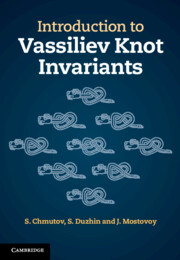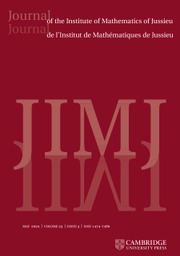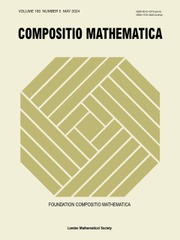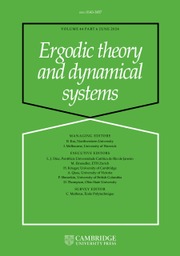Knot Theory
Knot Theory, a lively exposition of the mathematics of knotting, will appeal to a diverse audience from the undergraduate seeking experience outside the traditional range of studies to mathematicians wanting a leisurely introduction to the subject. Graduate students beginning a program of advanced study will find a worthwhile overview, and the reader will need no training beyond linear algebra to understand the mathematics presented. The interplay between topology and algebra, known as algebraic topology, arises early in the book, when tools from linear algebra and from basic group theory are introduced to study the properties of knots, including one of mathematics' most beautiful topics, symmetry. The book closes with a discussion of high-dimensional knot theory and a presentation of some of the recent advances in the subject - the Conway, Jones and Kauffman polynomials. A supplementary section presents the fundamental group, which is a centerpiece of algebraic topology.
- AAP award for Outstanding Mathematics Book of 1993
- Requires only knowledge of basic linear algebra
Reviews & endorsements
'The author's book would be a good text for an undergraduate course in knot theory … The topics in the book are nicely tied together … The topics and the exercises together can provide an opportunity for many undergraduates to get a real taste of what present day mathematics is like.' Mathematical Reviews
'Get knotted … ' Scouting for Boys
Product details
November 1996Hardback
9780883850275
258 pages
195 × 136 × 24 mm
0.36kg
221 b/w illus.
This item is not supplied by Cambridge University Press in your region. Please contact Mathematical Association of America for availability.
Table of Contents
- Acknowledgements
- Preface
- 1. A century of knot theory
- 2. What is a knot?
- 3. Combinatorial techniques
- 4. Geometric techniques
- 5. Algebraic techniques
- 6. Geometry, algebra, and the alexander polynomial
- 7. Numerical invariants
- 8. Symmetries of knots
- 9. High-dimensional knot theory
- 10. New combinatorial techniques
- Appendices
- References
- Index.










